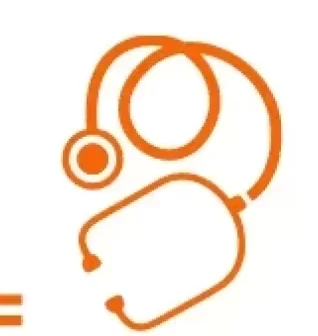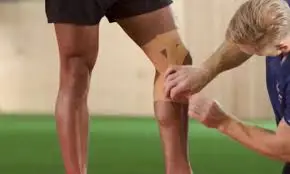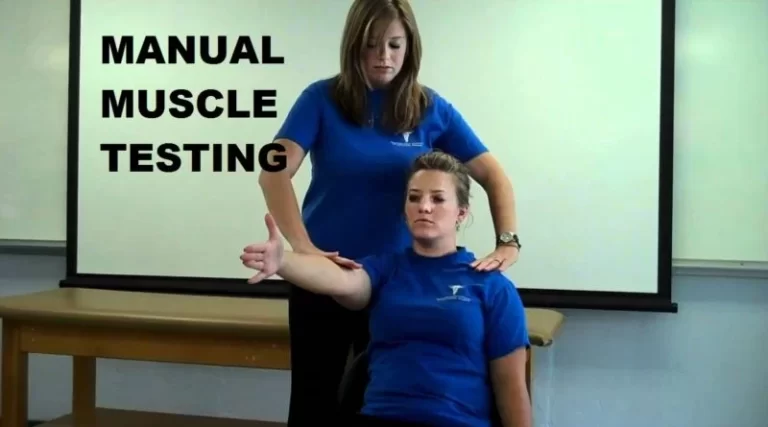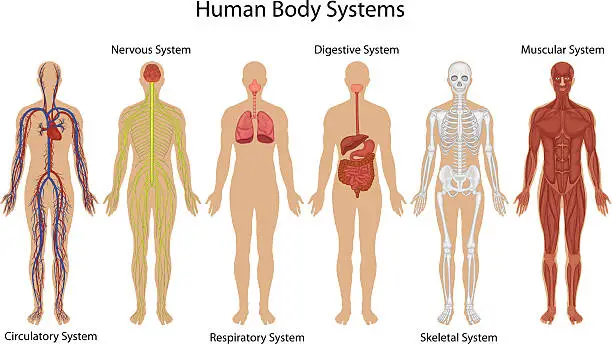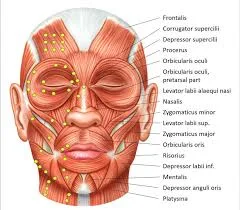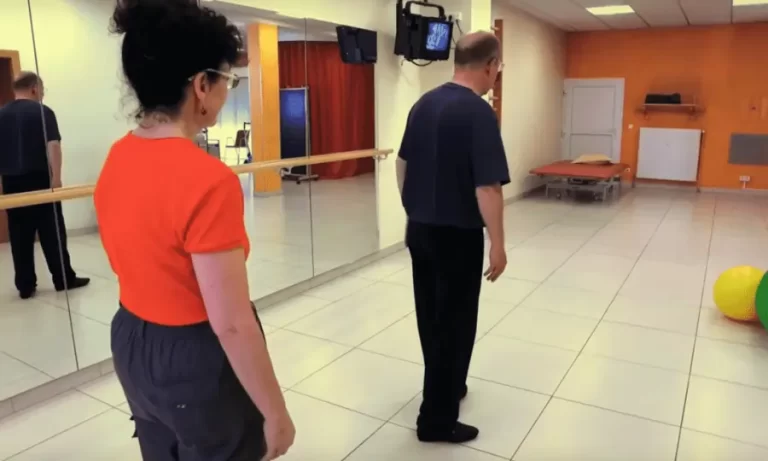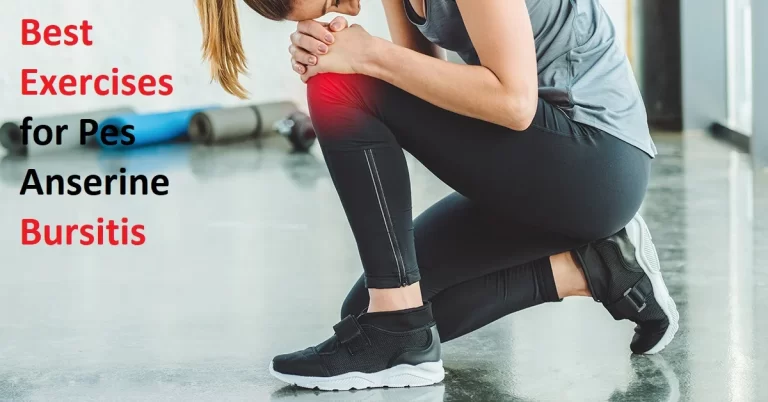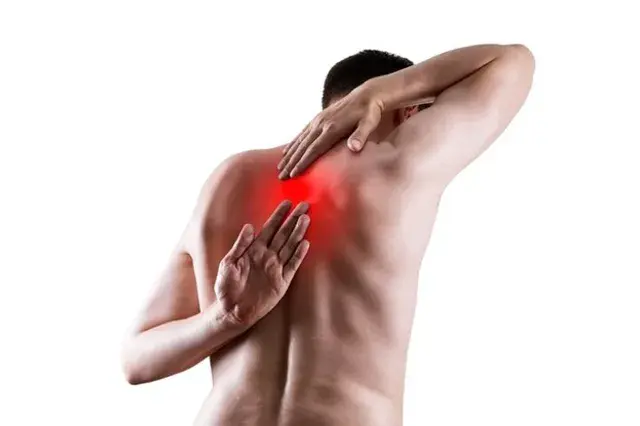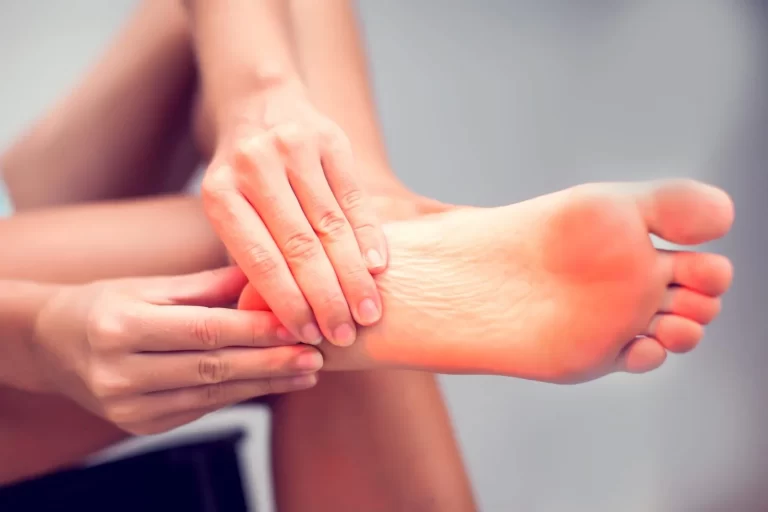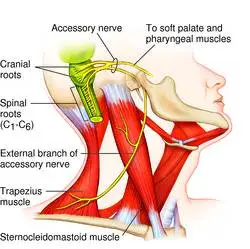Rigid Taping Techniques
What Is Rigid Tape? Rigid taping is a widely used method in sports medicine and physiotherapy aimed at supporting and stabilizing joints and soft tissues during physical activity. Unlike elastic taping, which allows for a degree of movement, rigid taping restricts movement to provide maximum stability. This technique is particularly beneficial for managing acute injuries,…
